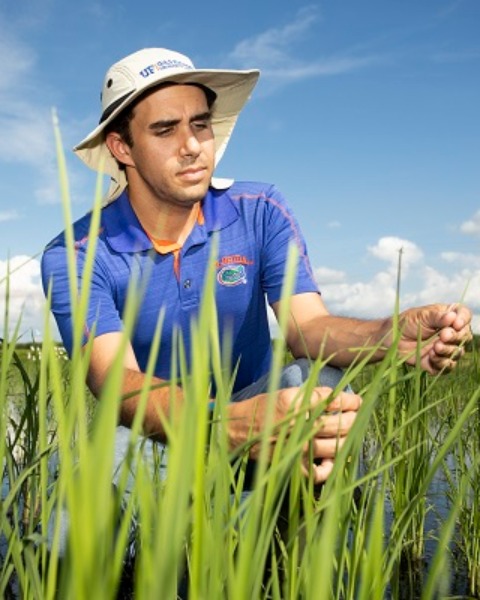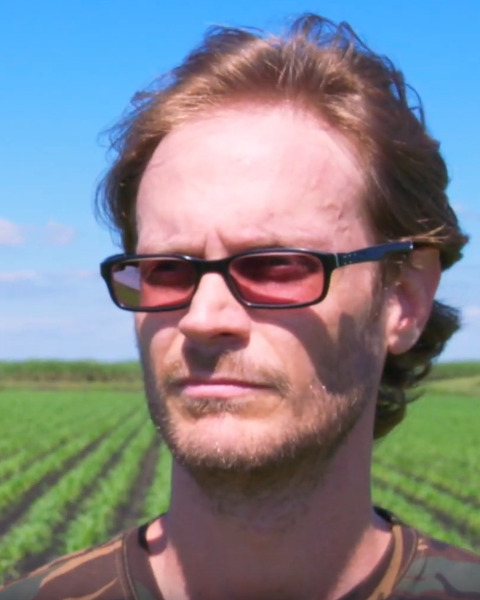Plant-Insect Ecosystems
10-Minute Paper
Managing sugarcane rust mite (Actinedida: Eriophyidae) infestations using foliar miticides

Matthew T. VanWeelden
Extension Faculty
University of Florida
Belle Glade, Florida
Julien M. Beuzelin
Assistant Professor
University of Florida
Belle Glade, Florida
Presenting Author(s)
Co-Author(s)
The sugarcane rust mite, Abacarus sacchari (Actinedida: Eriophyidae), was first discovered feeding on Florida sugarcane in 2007; however the pest’s impact on the crop is relatively unknown. Four years of on-farm field trials were conducted in Florida's Everglades Agricultural Area to evaluate the efficacy of miticides in reducing A. sacchari injury on sugarcane. In addition, yield losses from A. sacchari feeding were assessed in two of the four years. Three foliar miticides (Agri-Mek, Torac, and Oberon) were applied to small-plots imbedded within commercial sugarcane fields using a large boom sprayer. Injury to the top visible dewlap (TVD)+1 and TVD+3 leaves were rated on a 0 to 3 scale based on the percentage of leaf surface exhibiting feeding symptoms. In 2016, plots treated with Agri-Mek expressed significantly less injury from A. sacchari feeding. In 2017 to 2019, results demonstrated significant reductions in A. sacchari injury compared to the untreated check, with all miticides reducing injury by up to 50% 12 to 15 days after treatment (DAT). Yield loss assessments failed to detect differences in stalk weight; however, populations of A. sacchari were low in both years. These miticide trials aim to provide data necessary for the registration of chemical products for managing A. sacchari in Florida sugarcane.

